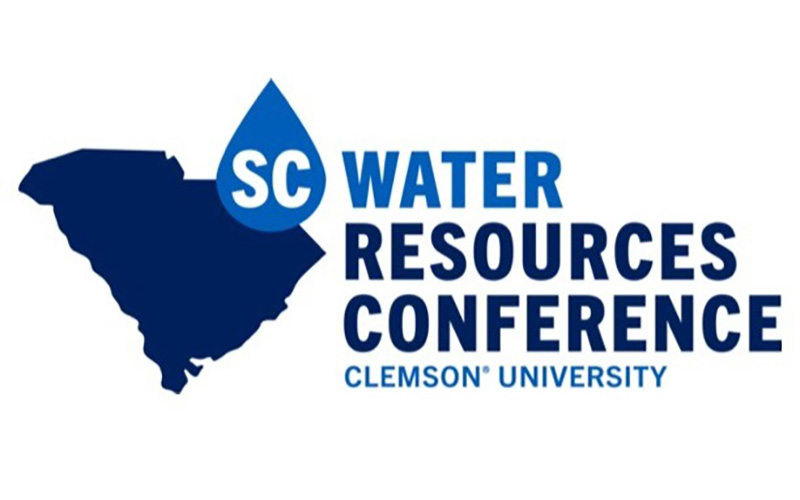Volume
3
Issue
1
Abstract
It has been a busy and somewhat tumultuous time for South Carolina’s water resources since the publication of the Journal’s second volume. This past October, Hurricane Matthew caused significant flooding and major property damage throughout a large swath from Beaufort County in the Lowcountry up into eastern North Carolina. The small town of Nichols on the Little Pee Dee River in Marion County was especially hard hit. Residents there continue salvage and recovery work, and dozens of properties were lost. Meanwhile, recovery efforts are still ongoing in many areas from the storm complex of October 2015 which created a historic flooding event with widespread amounts of 15-20 inches of rain. Somewhat paradoxically, prior to October 2015 and ongoing, South Carolina has been dealing with a serious drought that has deepened in the Upstate and across the South. The agriculture sector and related economies are struggling in many respects. Fortunately, the South Carolina Departments of Natural Resources and Health and Environmental Control, CDM Smith, and Clemson University’s South Carolina Water Resources Center are leading efforts to assess water availability and flows in the state’s eight major river basins. Dr. Jeff Allen, director of Clemson University’s South Carolina Water Resources Center, is coordinating meetings with stakeholders across the state to build a comprehensive view of issues on water resources (http://www.scwatermodels.com). This information-sharing approach is critically important to help guide management decisions and increase awareness among the public.
In this third volume of the Journal, we have six papers that provide insight into the impacts of the October 2015 storm; updates on the State Water Plan; location-specific models on storm runoff behavior; and a forecast of what we should expect for the future of water resources in the Southeast, and South Carolina in particular, based on climate change models.
Extreme events rightfully demand considerable attention as we work to be better prepared for the next event; just as important is our ability to plan for slower-moving threats such as sea level rise in coastal areas and drought across the region. The articles in this third volume of the Journal are all excellent contributions which apply state-of-the-science research knowledge to address local and regional issues. We feel the content of this latest volume carries forward our mission to disseminate the latest science and policy work to support management decisions and help improve resiliency of our water resources. Access to reliable water resources is increasingly important to South Carolina’s economic and environmental health.
Recommended Citation
(2017)
"Journal of South Carolina Water Resources Volume 3, Issue 1,"
Journal of South Carolina Water Resources: Vol. 3
:
Iss.
1
, Article 1.
Available at:
https://open.clemson.edu/jscwr/vol3/iss1/1






